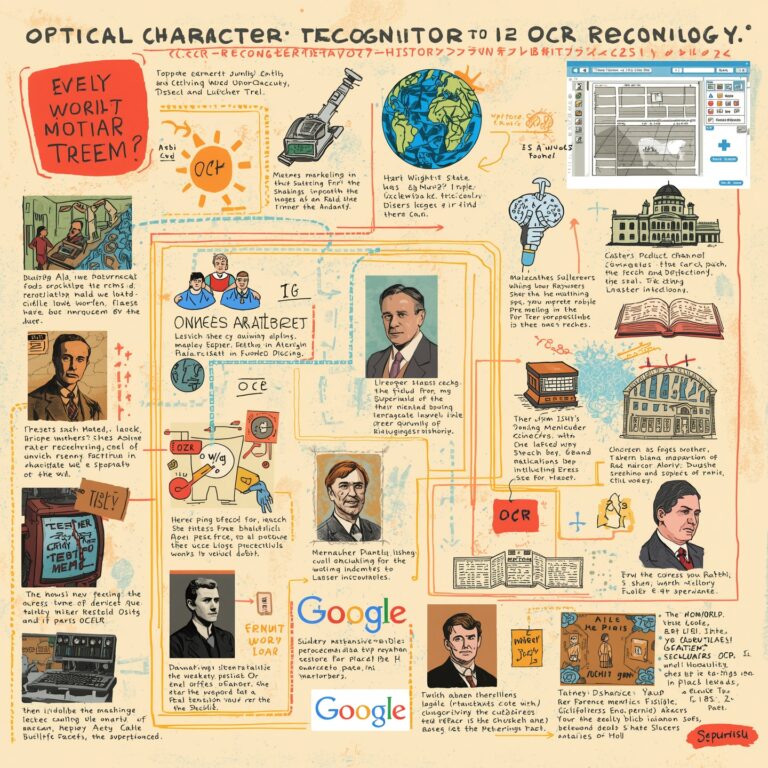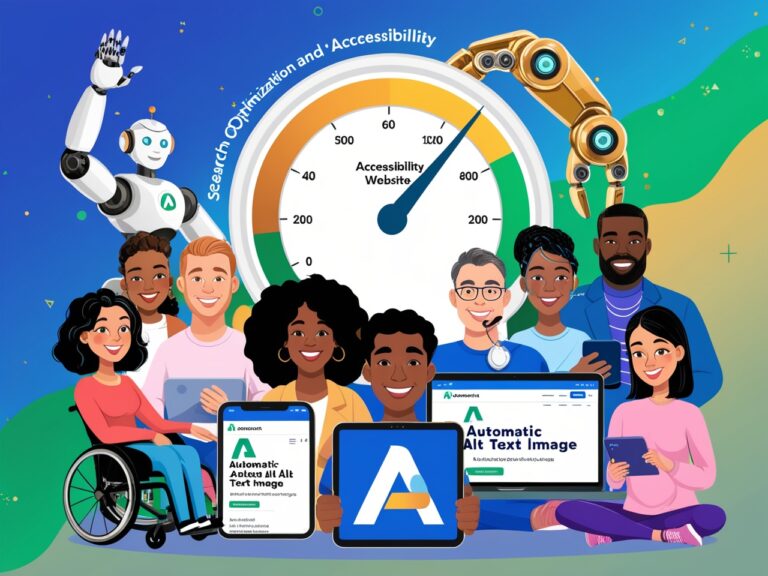OCR for Lawyers: Digitizing Case Files and Contracts Easily
Introduction to OCR in the Legal Field
As a professional manager who has worked closely with law firms, I’ve seen how much time and effort can be wasted in manually searching through paper case files and thick contract binders. Optical Character Recognition (OCR) is a technology that converts scanned images, PDFs, or even photos of documents into editable and searchable text. For lawyers, this is more than just a tech upgrade—it’s a way to speed up case preparation, improve accuracy, and free up valuable time for more important legal work. In my own experience, when we helped a legal department shift from manual scanning to OCR-based document management, their case research time dropped by nearly 40%.
Why Lawyers Need OCR Technology
In legal practice, accuracy and quick access to information are everything. Imagine you have hundreds of pages of witness statements, evidence logs, and signed contracts. Without OCR, you’d have to manually skim through every page to find a keyword or clause. With OCR, you can search for “non-disclosure,” “liability,” or any specific term in seconds. This makes it invaluable for tasks like contract review, legal discovery, and trial preparation. According to the American Bar Association, law firms that adopt digital solutions like OCR not only reduce operational costs but also enhance client satisfaction through faster service.
Benefits of Using OCR for Case Files and Contracts
OCR tools can help lawyers in several ways:
- Quick Search: Find keywords, case citations, or legal clauses instantly.
- Editable Text: Make corrections or annotations directly in the converted document.
- Better Organization: Store and retrieve documents digitally without bulky filing cabinets.
- Time Savings: Reduce hours of manual reading and searching.
- Improved Accuracy: Avoid missing crucial details hidden in printed pages.
Table: Manual Document Handling vs. OCR for Lawyers

| Feature | Manual Process | OCR-Based Process |
| Search Speed | Several minutes per file | Instant keyword search |
| Editing Capability | Requires retyping | Direct text editing |
| Storage | Physical space needed | Digital storage |
| Accuracy in Search | Human error possible | High precision |
| Accessibility | On-site only | Remote access possible |
Choosing the Right OCR Tool for Legal Work
Not all OCR tools are created equal. For legal professionals, the choice should depend on factors like accuracy, security, and compatibility with existing case management systems. Cloud-based OCR tools like Adobe Acrobat Pro DC or Google Drive OCR offer convenience, but if your documents contain sensitive client information, you may want to explore offline OCR tools such as ABBYY FineReader. These offline solutions ensure that no confidential files are uploaded to the internet. For more details, you can check reputable tech reviews from sources like TechRadar.
Security Concerns When Using OCR for Legal Documents
One major concern for law firms is data privacy. Contracts and case files often contain highly confidential information, and uploading them to online OCR services can pose a risk if the provider’s security isn’t airtight. Before choosing an OCR tool, always check:
- Encryption Standards: Are files encrypted during upload and processing?
- Data Retention Policy: Does the service store your documents after processing?
- Compliance: Is it compliant with regulations like GDPR or client confidentiality rules?
If I were advising a legal department today, I would recommend a hybrid approach—use offline OCR for sensitive contracts and case files, and online OCR for less confidential materials like general reference documents.
Integrating OCR into Legal Workflows
From my management experience with digital transformation projects, I’ve seen that the real power of OCR in law firms comes when it’s integrated into existing workflows. For example, instead of scanning a contract and saving it as an image-based PDF, lawyers can directly upload it to an OCR-enabled document management system. This way, every new file becomes instantly searchable and editable. Many modern legal software platforms—like Clio Manage or NetDocuments—already include built-in OCR capabilities, which saves time and reduces the need for multiple tools.
Best Practices for Lawyers Using OCR
To get the most out of OCR technology in legal work, follow these best practices:
- Scan at High Resolution – Use at least 300 DPI to ensure that even small legal footnotes are recognized accurately.
- Preprocess Documents – Before running OCR, straighten skewed pages, adjust contrast, and crop excess borders for better results.
- Verify the Output – Always proofread converted documents, especially when dealing with legal terms that OCR might misinterpret.
- Use Secure Storage – Store OCR-processed files in encrypted drives or legal document management systems.
- Train Staff – Make sure your legal assistants and paralegals know how to operate OCR tools effectively.
Real-World Use Case: Contract Review Made Faster
One law firm I worked with had a massive backlog of contracts to review after a merger. Instead of going through each page manually, they scanned all documents and used OCR to create searchable files. By searching for key phrases like “termination clause” or “force majeure,” they reduced their review time by more than 60%. This not only saved hundreds of work hours but also ensured no important clause was missed—a critical factor in avoiding costly legal mistakes.
Offline vs. Online OCR for Legal Work

For legal professionals, deciding between offline and online OCR tools is crucial for balancing convenience and confidentiality.
| Aspect | Offline OCR | Online OCR |
| Security | High (data stays on your device) | Depends on provider’s encryption |
| Speed | Fast once installed | Depends on internet speed |
| Accessibility | Only on the installed device | Accessible from anywhere |
| Cost | One-time license fee | Often subscription-based |
| Best For | Confidential contracts, sensitive case files | Public records, general research |
As I advise my clients, always default to offline OCR for any client-related contracts, litigation documents, or evidence files.
The Future of OCR in the Legal Industry
OCR is only getting smarter. With artificial intelligence and natural language processing, future OCR tools will not just read text but also understand legal language, suggest clause changes, and even highlight potential risks. Platforms like Kira Systems already offer contract analysis features on top of OCR, helping lawyers make better decisions faster. In the coming years, I believe every mid-to-large law firm will treat OCR as a non-negotiable part of their operations.
Final Thoughts
From my perspective as a manager who has overseen OCR implementation for legal teams, the technology is a game changer. It speeds up contract reviews, improves research efficiency, and strengthens a firm’s ability to serve clients promptly. However, success depends on choosing the right tool, safeguarding client data, and ensuring everyone in the firm is trained to use the system effectively.
If your law practice hasn’t yet explored OCR for digitizing case files and contracts, now is the time to start. The return on investment—in both time saved and client satisfaction—can be significant. For guidance on selecting a secure OCR tool, consult trusted technology sources like the ABA Legal Technology Resource Center.






